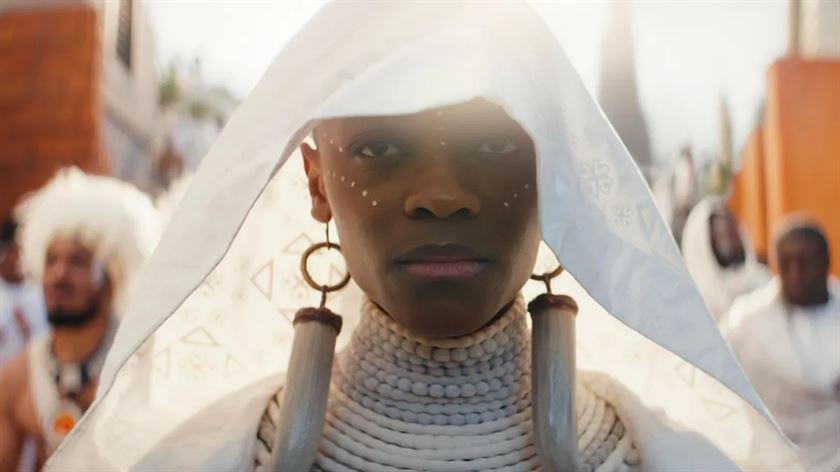“Black Panther: Wakanda Forever” is arguably one of the best films brought to the Marvel Cinematic Universe (MCU). It brings an essence that isn’t typically brought to pop-culture. Though it’s set in a fictional place, Wakanda, it has a real nuance of the African ancestral spirit, culture, challenges and Black excellency. It’s a film that also highlights Indigenous culture in an underwater city.
Due to its inclusivity and the influence of Chadwick Boseman, who played the previous Black Panther, T’Challa and King of Wakanda, fans of the film lost more than just a notable actor but a role model who undoubtedly left a tremendous impact in this world, so much so that director Ryan Coogler said it is impossible to form a tribute that captures his influence in one film.
Nevertheless, the second-highest opener film of the year, “Wakanda Forever,” is a piece that furthers Boseman’s legacy in the most memorable way.
Accompanied by the ominously, chilling orchestral music, there was a stillness in the theater following the opening scene of T’Challa’s passing, which was followed up by the silent tears of his sister, science prodigy Princess Shuri (Letitia Wright), as she couldn’t save her brother. The film is cloaked in a type of anguish that’s hard to ignore but still shimmered with a glimpse of hope. The theater came to a collective silence as the iconic Marvel intro played without music to respect Boseman’s ineffaceable mark he left before his passing.
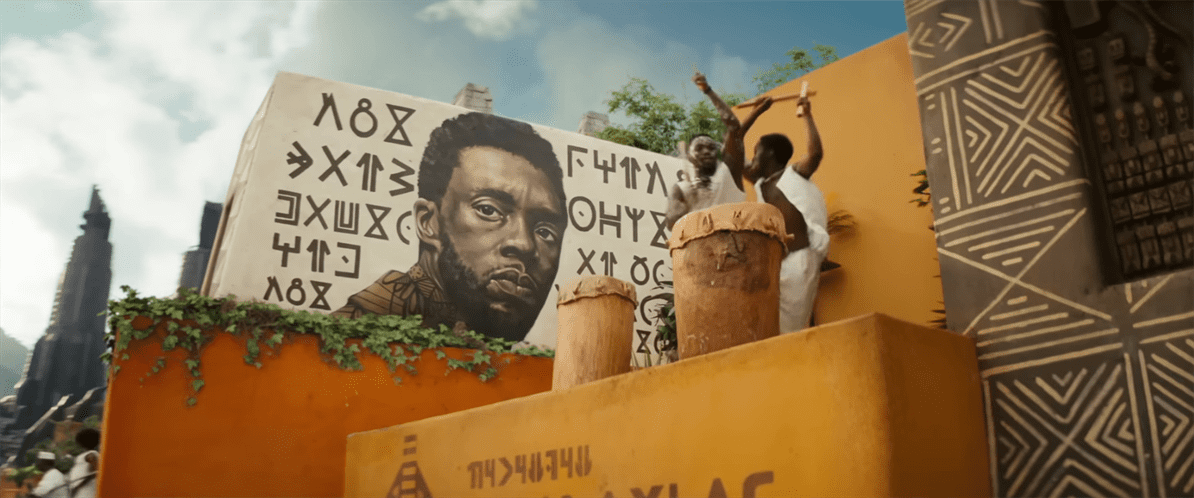
The film shows that even though Boseman has passed, he is never forgotten, and he is Wakanda Forever.
Photo courtesy of Marvel Studios
The mother-daughter duo, Queen Ramonda (Angela Bassett) and Princess Shuri, bare so much from their significant loss. Following the fast-paced intentions of Marvel movies, they’re persistent in fulfilling their duties to protect Wakanda even with the unimaginable hurt of losing a son and a brother. The juxtaposition between living in a fast-moving life and the turmoil of grief is encapsulated so well.
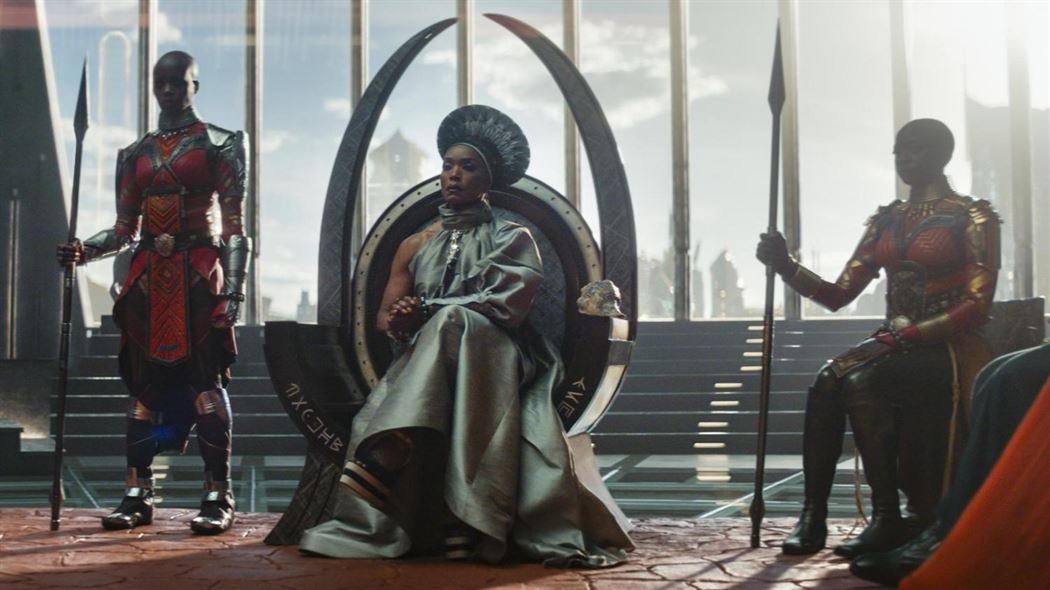
Queen Ramonda (Angela Bassett) takes charge of Wakanda.
Photo courtesy of Marvel Studios
No different from the previous movie, scientists of the “surface world” continue to be on the hunt for vibranium, a highly valuable fictional metal that’s only in Wakanda – or so it seems, leaving Wakanda under attack. With Queen Ramonda’s diplomatic skills and the courage of M’baku, the leader of the Jabari (Winston Duke), along with its dynamic nation, Wakanda can defend itself from the United States.
History has a repetitive pattern of greed. Viewers are introduced to these blue mutant creatures with incomparable strength, the Talokan, an underwater kingdom that mirrors the myth of Atlantis. The Talokan highlights Mesoamerica, reflecting the Mayan culture derived from Indigenous people. Namor (Tenoch Huerta Mejía), the leader of the Talokan people and also the antagonist of the film, does not delay to protect from the scientists what was theirs first. Sound familiar?
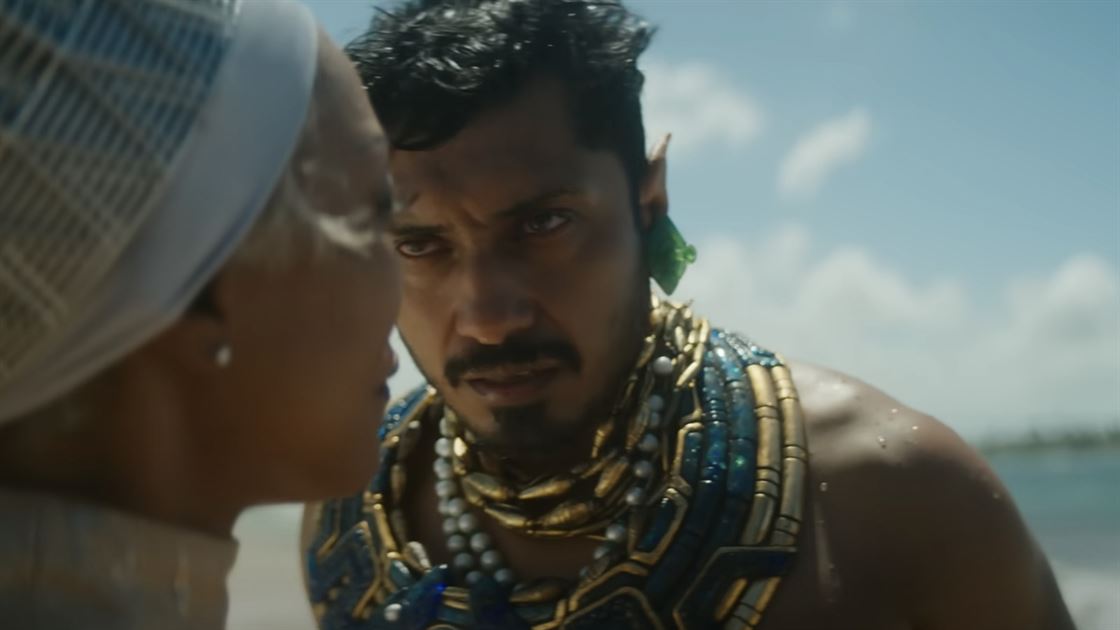
Namor (Tenoch Huerta Mejía) confronts Queen Ramonda (Angela Bassett).
Photo courtesy of Marvel Studios
Profoundly written, it seems Coogler and Joe Cole reflect on the colonial invasion as a means to uncover cultures and complexities of history, which are not always taught as much as they should. Seen in the previous film, T’Challa exposing the vibranium to the “surface world” didn’t sit right with Namor either.
General Okoye (Danai Gurira) and Princess Shuri go off to Virginia and meet a 19-year-old student, Riri Williams/Ironheart (Dominique Thorne). William’s knowledge in science shines, as other people are in disbelief of what she was able to achieve. “To be young, gifted and Black,” she says out of frustration. This film also serves as a voice for people who often feel belittled due to prejudiced views.
Princess Shuri learns about how the Talokan came to be and Namor’s motive to attack the scientists. She forms empathy for him, seeing the root of his actions. Seeing Princess Shuri’s resilience and growth into a leader, even with the unimaginable impediments that are constantly thrown as a heavy weight on her shoulders, is captivating.
In case you forgot, we are reminded throughout the film of who the powerful and intelligent Wakandan women are. Nakia (Lupita Nyong’o), T’Challa’s significant other before his passing, is an embodiment of that. From the compelling soundtrack to the unexpected twists and turns, there wasn’t a moment where there weren’t chills down my spine. The media doesn’t always portray Black people in the most positive light. As a young Black woman myself, it was refreshing to see other Black women take on leadership roles with such grace, while defying societal presumptions and evolving from the challenges that were thrown at them.
Princess Shuri grew from the playful sister in the first “Black Panther” film to a driving force who protects her nation without hesitation. By the turning point, she is filled with rage after a harrowing event due to Namor’s actions. You can feel her influx of emotions through the screen.
Despite the commotion, Princess Shuri is reminded to be still, to be cognizant of who the Wakandans are and to be noble, instead of feeding into emotions. Viewers then see a reflection of the selflessness, comfort and persistence that T’Challa and Boseman had.
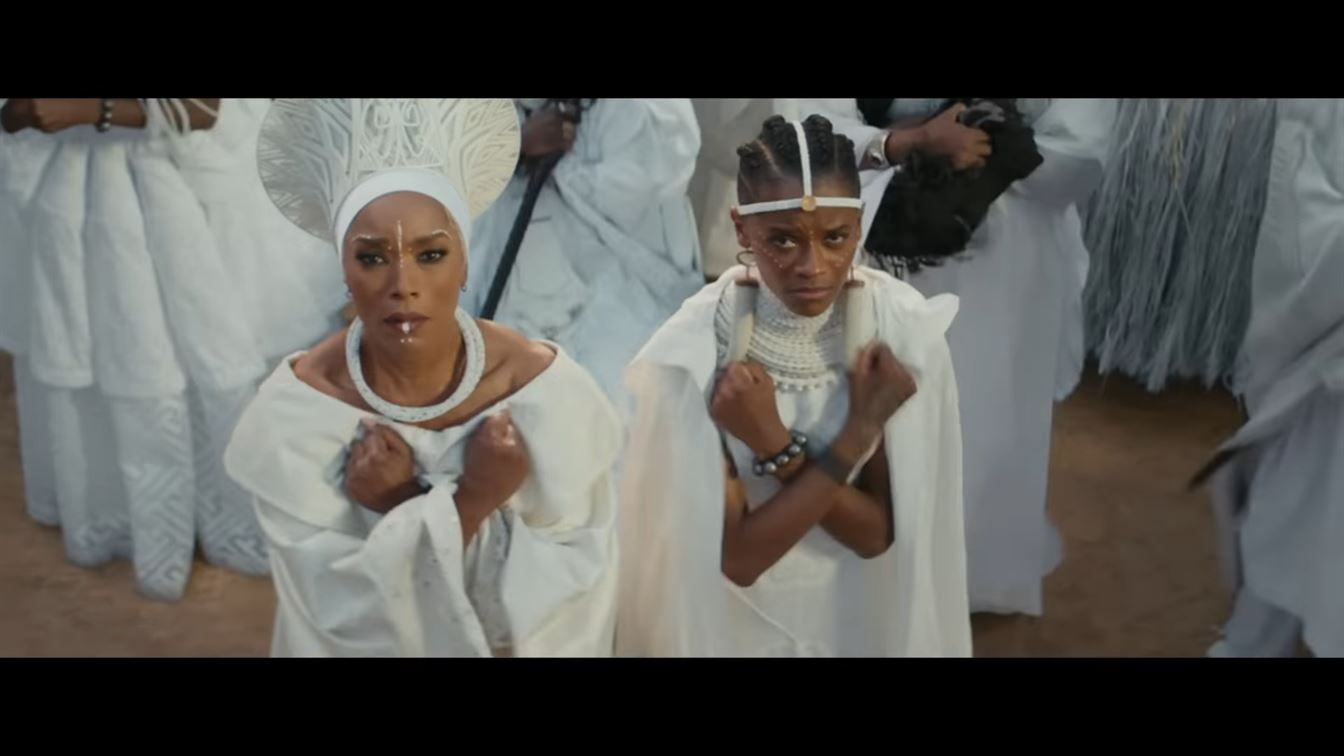
Queen Ramonda with her daughter Princess Shuri while mourning T'Challa's death.
Photo courtesy of Marvel Studios
Coogler has a gift for making viewers feel immersed in his projects, ensuring that they leave with a message. I was glowing after the film. My melanin shined brighter. I’m not lying.
Although the $330 million dollar box office film leaves us with unanswered questions, it should be known that it’s bigger than an MCU film. Instead, it’s a cultural phenomenon that evokes advancement to a future that has been awaited for way too long.
As for Boseman, Coogler delivered a beautiful tribute to his life and shows that even though he has passed, he is never forgotten and he is Wakanda Forever.

